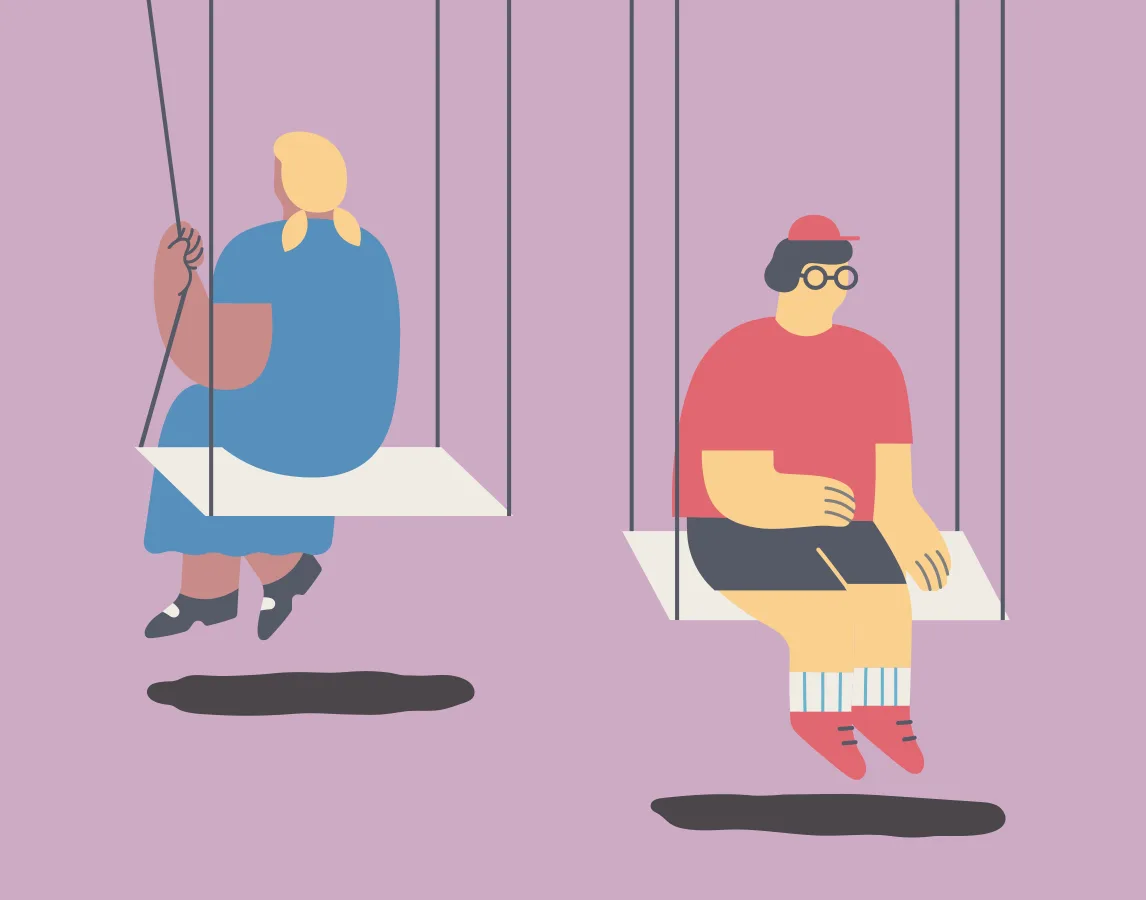How trauma affects boys and girls differently
Trauma. The word is often thrown around casually; I know I’ve labeled myself “traumatized” by a grueling test, or a maybe a super long wait for the women’s restroom.
But real psychological trauma—“an emotional response to a terrible event like an accident, rape or natural disaster”—is probably incomprehensible to someone who hasn’t experienced it. And in many ways, trauma and its effects, especially on young brains, is mysterious even to the scientists who study it. But a study from Stanford Medical School has provided some surprising new clues. Trauma isn’t something we like to think of a child going through, but national surveys estimate that by age 16, about 48 percent of children have experienced a traumatic event. Witnessing or experiencing violence, a life-threatening accident or sexual assaults are some of the most common traumatic events. And girls are particularly at risk of suffering long-term consequences from trauma: 10 percent of American women develop post-traumatic stress disorder in their lifetime, compared to four percent of men, a mysterious discrepancy. For a long time, no one has been exactly sure how trauma could affect a child later in life, or why girls seemed more susceptible to PTSD. Most studies of trauma and post-traumatic stress disorder focused on adults. And like all matters of the heart and brain, trauma is complicated. The majority of children who experience a traumatic event don’t suffer long-term damage. But about eight percent will develop PTSD, which could mean emotional withdrawal, flashbacks, or suicidal behavior.
So last year, psychiatrists and neuroscientists at Stanford University got together to try and understand trauma in young people by taking a close look at the heart of the problem: the brain. The scientists recruited 59 children and adolescents, an even mix of boys and girls, between the ages of nine and 17. Half of the girls and boys in this group had experienced traumatic events and displayed symptoms of trauma, and the other half—the control group—did not, but were otherwise similar in terms of age and IQ. Then they gathered MRI scans of all 59 participants, looking for changes in brain structure. The scans revealed not only drastic changes in brain structure but dramatic differences between traumatized boys and traumatized girls. The scientists focused on the insula, a part of the brain responsible for processing emotions and regulating actions. In normal adolescent development, the insula shrinks as a child goes through puberty. For the traumatized boys, their insula was larger than the boys in the control group, and in the girls, the insula was much smaller than the control.
It’s not yet clear how these differences in brain development could affect a traumatized child’s behavior. But it’s clear that trauma can leave a physical imprint on the brain, and that these imprints can be very different between the sexes. “It is possible that boys and girls could exhibit different trauma symptoms and that they might benefit from different approaches to treatment,” Megan Klabunde, the study’s lead author said in a press release. “It is important that people who work with traumatized youth consider the sex differences.” These results are also an important piece of evidence for medical researchers that biological differences between genders can pop up in unexpected scenarios—for years many clinical trials of new drugs have used only men and male rats. This study is yet another reminder that men and women are different and can have unpredictably different biological responses to the same stimuli.



Be kind to your mind
- Access the full library of 500+ meditations on everything from stress, to resilience, to compassion
- Put your mind to bed with sleep sounds, music, and wind-down exercises
- Make mindfulness a part of your daily routine with tension-releasing workouts, relaxing yoga, Focus music playlists, and more
Meditation and mindfulness for any mind, any mood, any goal

Stay in the loop
Be the first to get updates on our latest content, special offers, and new features.
By signing up, you’re agreeing to receive marketing emails from Headspace. You can unsubscribe at any time. For more details, check out our Privacy Policy.
- © 2025 Headspace Inc.
- Terms & conditions
- Privacy policy
- Consumer Health Data
- Your privacy choices
- CA Privacy Notice
